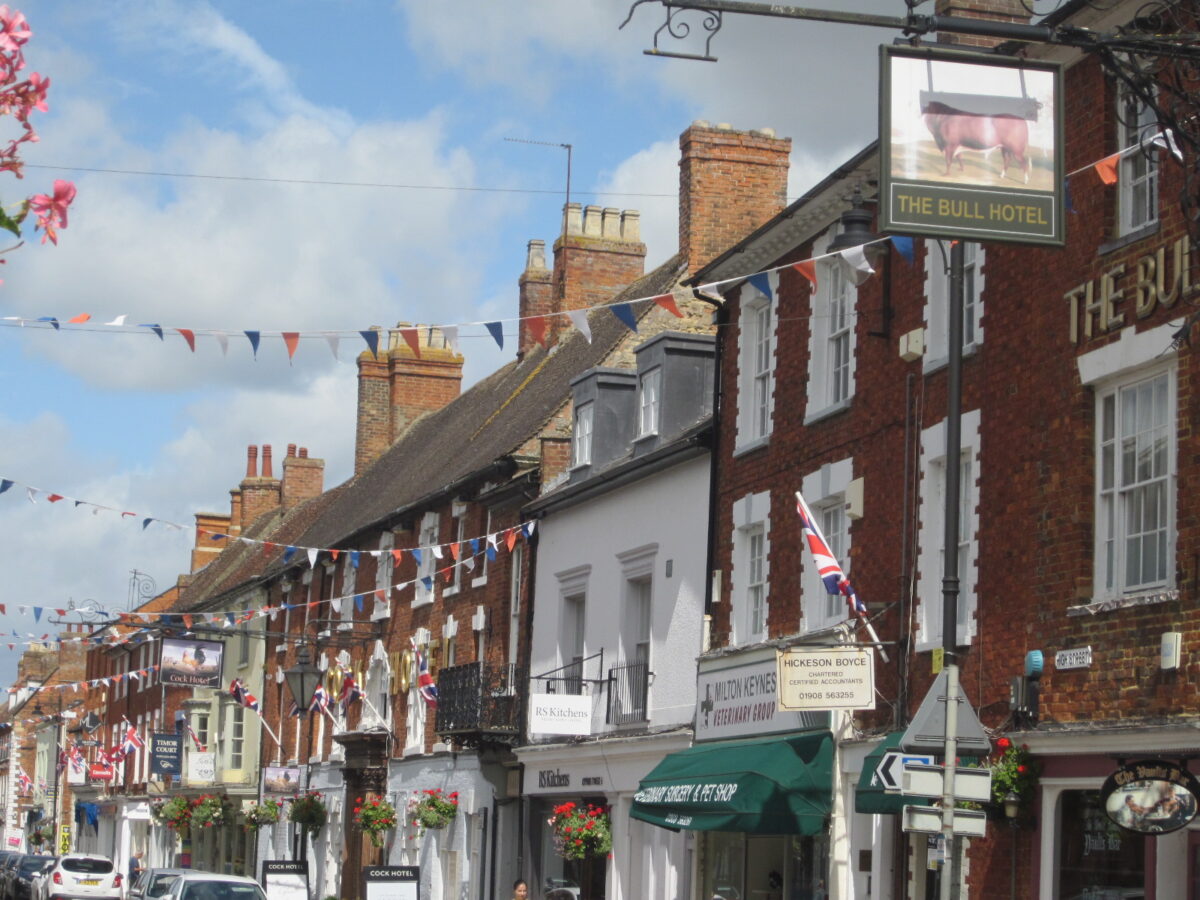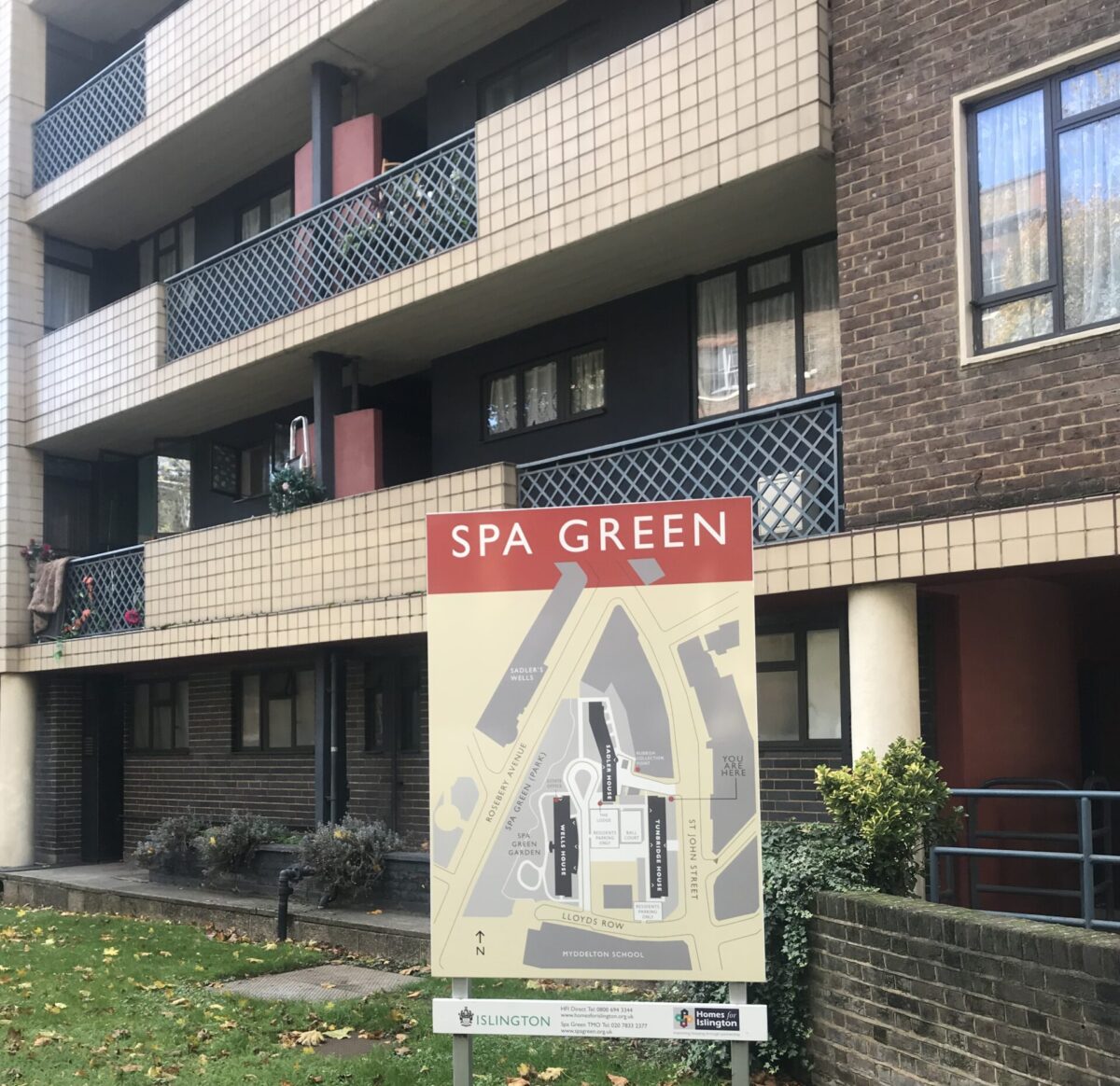A new generation of New Towns – tree-lined and with character rooted in local history! Angela Rayner outlined Labour’s ambitions at a UK housing conference in Leeds yesterday. The announcement adds more detail to the headline-grabbing New Towns plan unveiled at the Labour Conference in October 2023.
Housing campaigners have been delighted to see Labour’s priority for tackling the severe shortage of homes in England, but there have been some words of caution from economists on the lessons to be learnt from previous New Towns.
Rayner set out a robust code for Labour’s proposed New Towns with six principles. The boldest is a gold standard of 40% social and affordable housing. Another is a guarantee of public transport and public services such as GP surgeries. The code aims to overcome common objections to new developments with a focus on characterful buildings, incorporating local design, and access to nature and children’s play areas.
There has been some pushback from researchers who worry about the possible locations of New Towns. According to Ant Breach, Associate Director of the Centre for Cities, all “the easy fruit has been picked”. Breach emphasised that “you have to lean into the geography of the economy in Britain.” Others have pointed to the lack of delivery on new community infrastructure in more recent iterations of New Towns. Northstowe is one such example, where over 2,000 residents lack any shops, café or GP surgery.
New Towns such as Milton Keynes have been successful because they have close connections to vibrant existing economies. They attracted new residents with the promise of well-designed new communities with good transport links to job opportunities in nearby cities.
Some of the most successful New Towns are urban extensions to existing cities, such as Edinburgh’s New Town or Barcelona’s Eixample. Less successful New Towns have been poorly located with no such links to jobs nearby or there were already lots of local housing options already. Skelmersdale and Cumbernauld are often mentioned as New Towns that struggled to thrive for these exact reasons. The key is location, location, location.
New homes in Britain are difficult to build in part due to complex and lengthy planning processes. New Towns can help with that and may even help sidestep the political logjams that currently block homes. One motivation for New Towns is that Labour could get the best electoral outcomes by choosing deep rural locations with good rail connections, to avoid controversial measures in the more electorally challenging suburbs.
There are clear lessons from previous plans that New Towns need to be in the right locations and that delivery is a challenge. The Department for Levelling-Up, Housing and, Communities has limited resources, as does Homes England. It will be important to pick New Town sites that deliver the biggest social and economic benefits. Urban extensions of existing unaffordable towns and cities such as York, Oxford and Reading would be a great way to do this. Locations in areas where homes are more affordable, or less unaffordable, such as Nottingham or Stafford, offer less opportunity for land value capture to fund infrastructure and more social housing. Labour’s new commitment on New Towns is a bold proposal to build affordable, plentiful homes. A Labour Government must be focused on delivering homes at scale to tackle Britain’s housing crisis. New Towns can offer hundreds of thousands of people the opportunity to have a home of their own. It can also unlock the economic potential of some of our most constrained cities, helping with housing, jobs and public services across the whole country. The key will be delivery at pace. I have confidence in Angela Rayner to do that.


